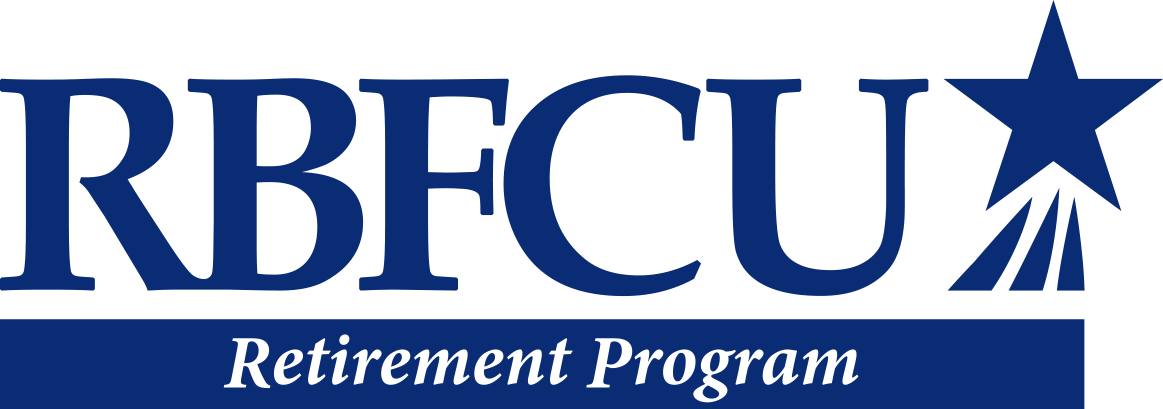5 Ways for Educators to Get Their Retirement Savings on Track
When you work in K-12 education, your calendar revolves around the school year. The blur of buses, busy hallways and school bells makes it easy for the calendar to fly by, leaving little time to think about yourself … let alone your future.

But retirement is always on the horizon. Whether that’s far down the road or just a few years away, there are steps you can take now to get your savings plan in shape.
When you’re ready to leave the school hallways behind, you want your finances to be ready, too. Let’s look at five ways you can get your retirement savings on track.
1. Plan your budget for now — and the future
Saving money while spending money is a challenge. It helps to know your budgetary needs, not only now but in the years ahead. Is a new home in your future? How much debt do you have and how does it impact your budget? Are you planning to relocate when you retire?
Creating a budget allows you to look for ways to reduce your cost of living — including putting the brakes on overspending.
Plus, with a comprehensive budget in place, you can set a goal for how much money you want to put toward your retirement plan or set aside for unexpected events.
» Tip: If student loans are a part of your debt, there are loan forgiveness programs to assist school employees in paying down or paying off their loans. Keeping those payments low — or even out of your budget — can give you more money to grow your savings.
2. Look at the life events that may affect your ability to save
While no one has a crystal ball to predict where life may take you, it's a good idea to consider what could happen. The death of a spouse or a prolonged illness for you or a family member can impact your savings. Even raising children — whether having your first child or adding to your family through adoption or marriage — may affect your ability to save for retirement.
Developing a game plan that takes life events into consideration, however, can mitigate the financial impact of unplanned surprises. It may be as simple as starting a savings account for your children's college plans or securing disability and life insurance in case of a catastrophic illness or death. Having these elements in place can allow you to focus on your retirement plan.
» Tip: To protect yourself, experts recommend having an emergency fund covering 3 to 6 months of living expenses. This can provide a financial cushion for unforeseen events. A systematic savings plan1 can help, too.
3. Become a pension plan expert
Understanding your pension plan and what you need to do to qualify for your benefits is an important part of staying on track for retirement. For Texas teachers and other school employees, the Teacher Retirement System of Texas2 (TRS) is the primary source of retirement savings.
Some questions to consider about your pension plan include:
- How much are you contributing to your pension plan?
- How much is your employer contributing?
- When will you qualify for retirement benefits under your plan?
- How well aligned are your retirement benefits with your retirement goals?
These critical pieces of information have a direct impact on your retirement. TRS offers a retirement estimate calculator3 that shows what your monthly annuity will be based on your years of employment.
You also have choices to make regarding how to receive your annuity.4 Look at payments under each option and think closely about your unique situation and goals when deciding how your benefits will be distributed to you.
» Tip: There may be limitations to what your pension provides. The specifics of your plan should be factored into your decisions regarding additional investments and savings strategies.
4. Explore more ways to save money for retirement
While TRS is the primary source of retirement savings for most Texas educators and school staff, it's not the only way to boost your savings and potentially improve your financial return post-retirement.
Starting your own retirement savings account is one way to help fund your retirement. Investment vehicles specifically designed to help school employees like you fund your retirement — including Traditional or Roth Individual Retirement Accounts (IRAs) — can provide flexibility in the release of funds. They also have different tax benefits. Participating in a 403(b) or 457(b) retirement plan — or even more than one — may provide additional funds.
Another popular way to save is to boost your income with a summer job. Temporary, freelance or tutoring work can yield extra money that you can set aside for retirement.
» Tip: You may have questions about the 2025 repeal of the Windfall Elimination Provision (WEP) and what it might mean for certain retirees, specifically Texas K-12 school employees. Fortunately, TRS maintains a webpage on the topic for your review.5
5. Ask for help from a financial advisor
Taking an active role in saving for retirement is a great step toward a more secure financial future. As you look for more ways to save for retirement, a financial advisor can guide you through a range of options.
An experienced financial advisor familiar with educators can assist with budgeting, debt restructuring, and personal retirement accounts — as well as provide information on investment products that could help grow your retirement savings.
The takeaway
It's easy to get caught up in today and not think about tomorrow. But putting your future retirement needs on the backburner may mean your finances are not ready for retirement when you are.
Making your retirement savings a priority now is key to being ready for the future.
Planning for retirement can feel daunting as a K-12 school employee — especially when the economy is challenging and your workload is heavy. Fortunately, help is available. If you’re a Texas teacher or school employee, trust that the RBFCU Retirement Program is here to guide you through your retirement preparations.




